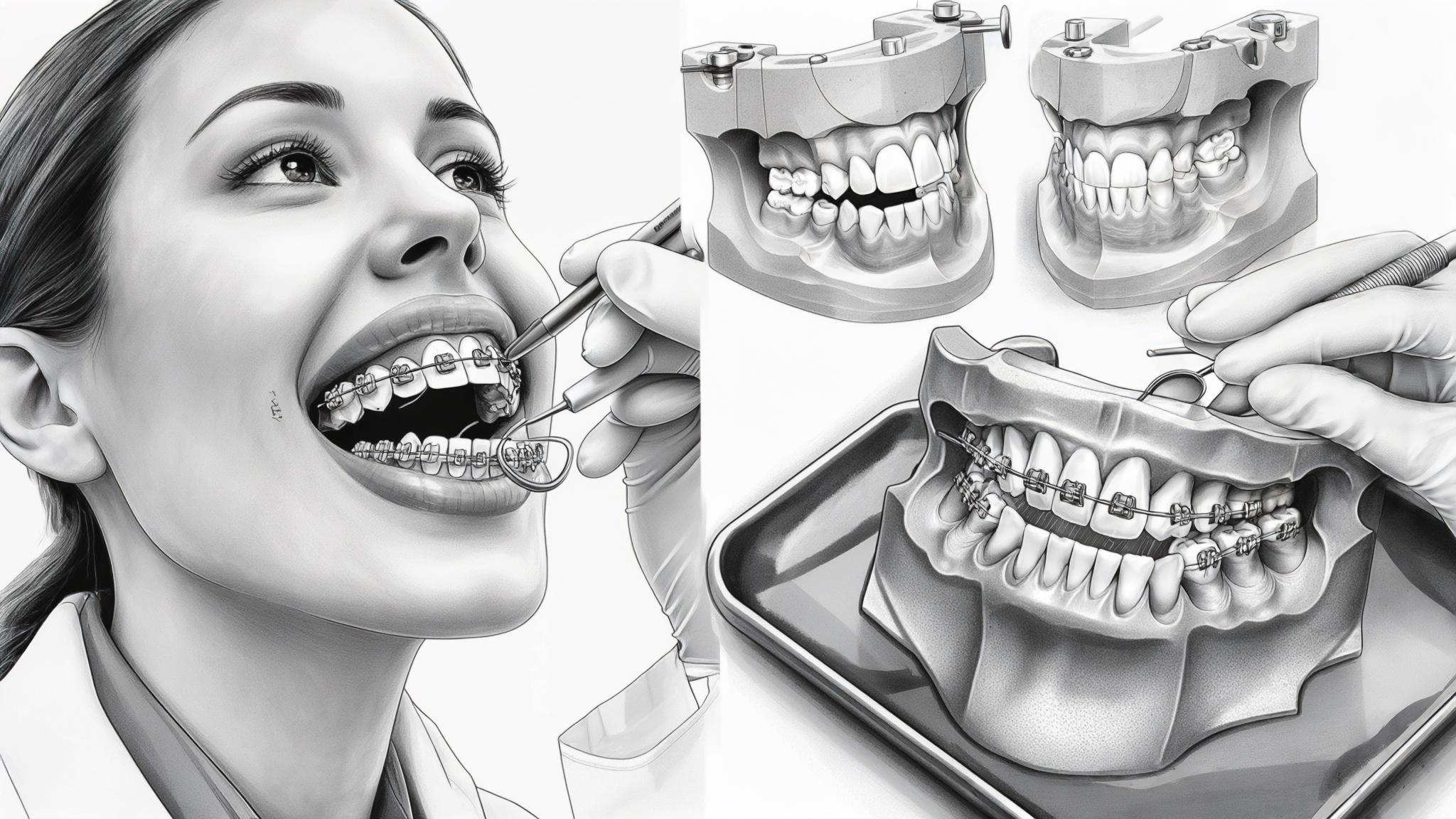Orthodontics: Beyond the Basics
Orthodontics is a specialized field of dentistry that focuses on diagnosing, preventing, and correcting misaligned teeth and jaws. Addressing severe misalignments is crucial not only for aesthetic reasons but also for improving oral function and overall health. This article takes you through the complexities of orthodontic cases, offering insights into diagnosis, treatment options, challenges, and post-treatment care.
Understanding Complex Orthodontic Cases
Complex cases in orthodontics involve severe misalignments that require specialized attention. These cases often include:
- Crowding: When teeth overlap due to insufficient space in the jaw.
- Spacing: Gaps between teeth that can affect alignment and function.
- Overbite: Where the upper teeth significantly overlap the lower teeth.
- Underbite: The lower teeth extend past the upper teeth.
- Crossbite: Misalignment where upper and lower teeth do not align properly.
Several factors contribute to these complex cases, including genetics, habits like thumb sucking or tongue thrusting, trauma, and previous dental treatments.
Diagnosis of Complex Orthodontic Cases
A comprehensive dental examination is the first step in diagnosing complex orthodontic issues. Diagnostic tools such as X-rays, digital imaging, and 3D scanning provide detailed insights into the structure of the teeth and jaws. Based on these findings, a customized treatment plan is developed, often requiring collaboration with other specialists like oral surgeons and periodontists.
Treatment Options for Complex Cases
Traditional Braces
- Metal Brackets: The most common and effective for severe cases.
- Ceramic Brackets: Less visible, offering a more aesthetic option.
- Lingual Braces: Attached to the back of the teeth, hidden from view.
Clear Aligners
Clear aligners are a popular choice, though they may have limitations in complex cases. They work best for mild to moderate misalignments.
Surgical Orthodontics
Surgery may be necessary for correcting severe jaw discrepancies. This can include jaw surgery or extractions, followed by orthodontic treatment to fine-tune the alignment.
Interdisciplinary Approach
Complex cases often benefit from a team approach, involving various dental specialists. Successful outcomes depend on effective communication and collaboration.
Challenges and Considerations in Treatment
Treating complex cases can be lengthy, often requiring several years. Patient compliance is crucial for success, as is managing expectations and addressing potential complications.
Post-Treatment Care and Maintenance
Retention strategies are vital to maintaining results post-treatment. Regular follow-ups ensure long-term success and address any emerging issues. Long-term oral health is a key consideration to prevent relapse.
Conclusion
Addressing severe misalignments is essential for both oral health and aesthetics. Patients with complex cases should seek professional help to explore the advancements in orthodontic treatment. With the right approach, even the most intricate cases can achieve successful outcomes.
References
- "Orthodontics: Current Principles and Techniques," by Graber, Vanarsdall, and Vig.
- American Association of Orthodontists: AAO Website
- "The Biology of Tooth Movement," by Burstone.

